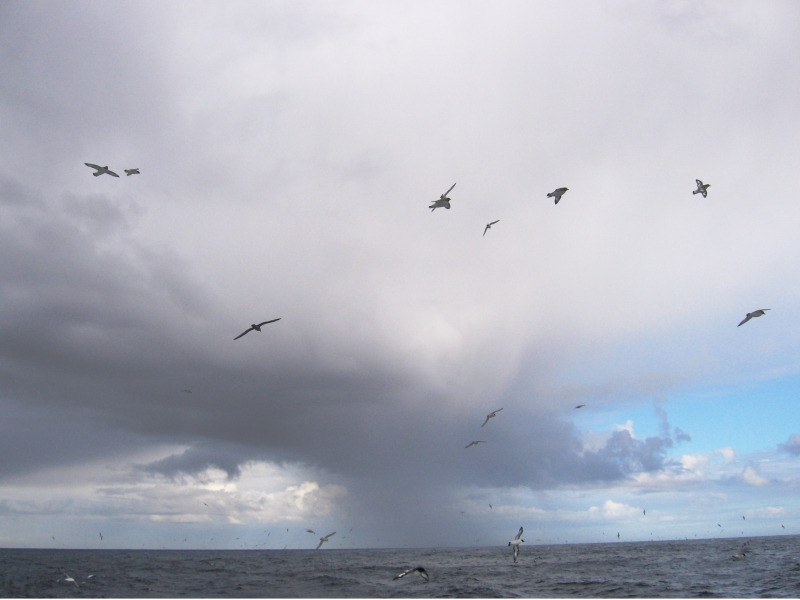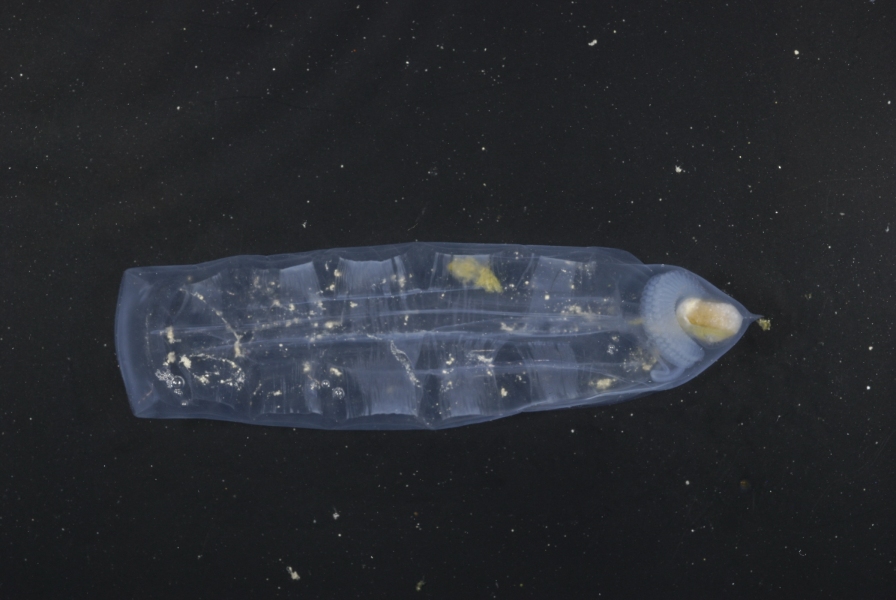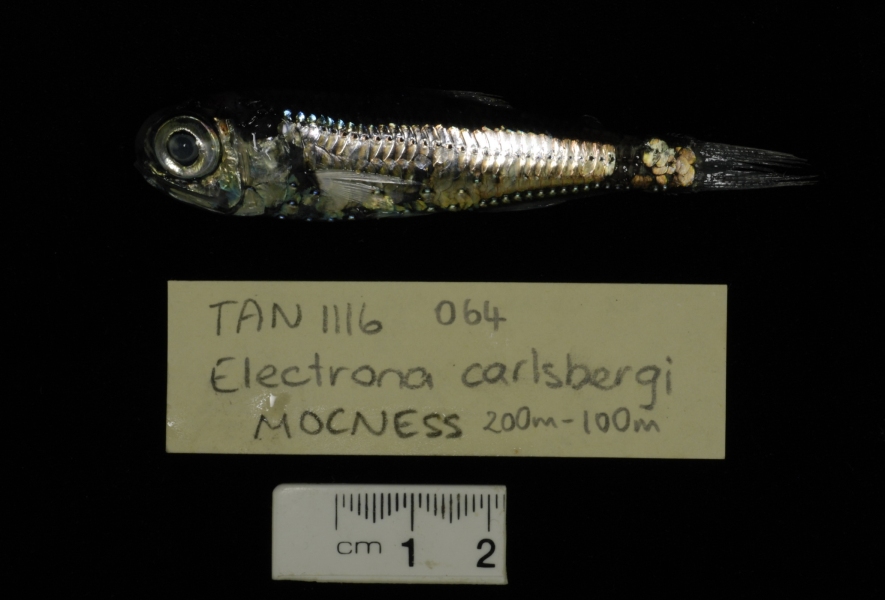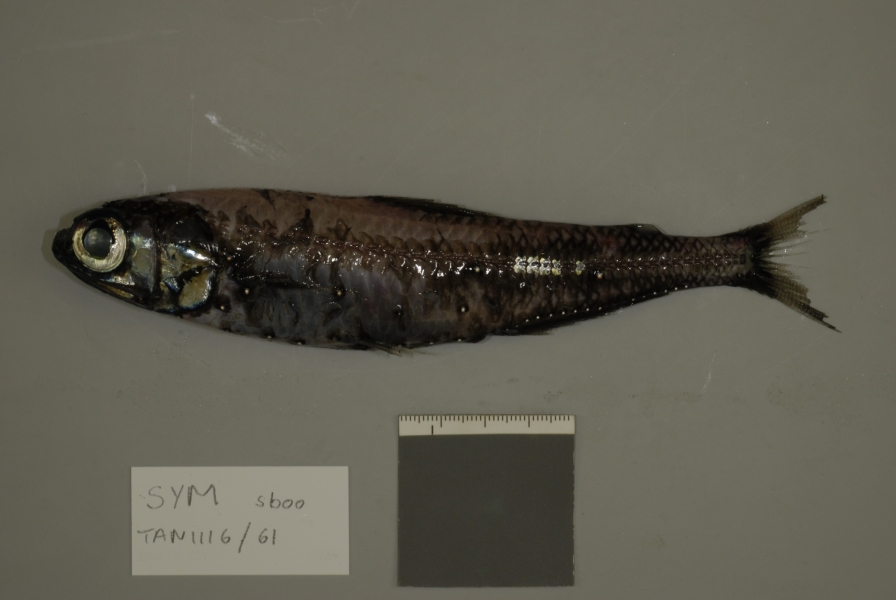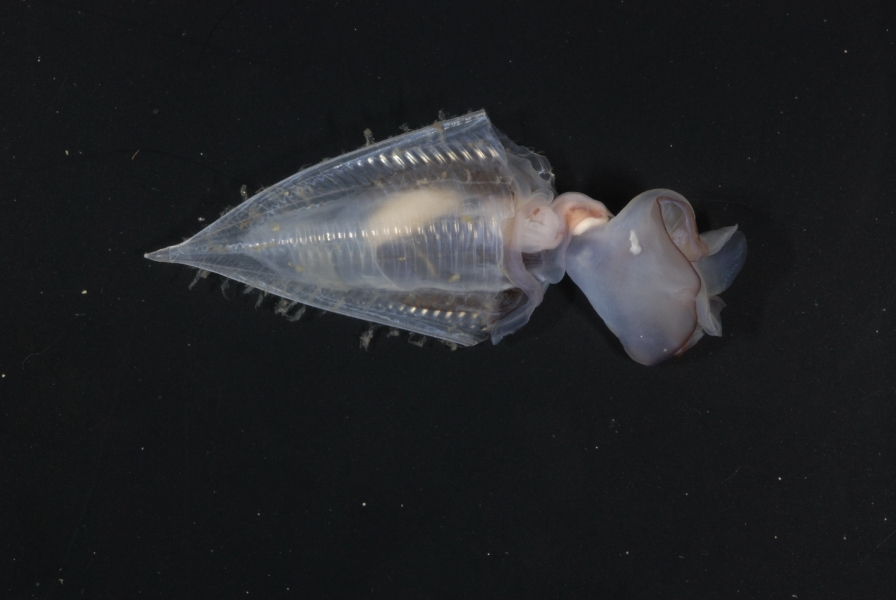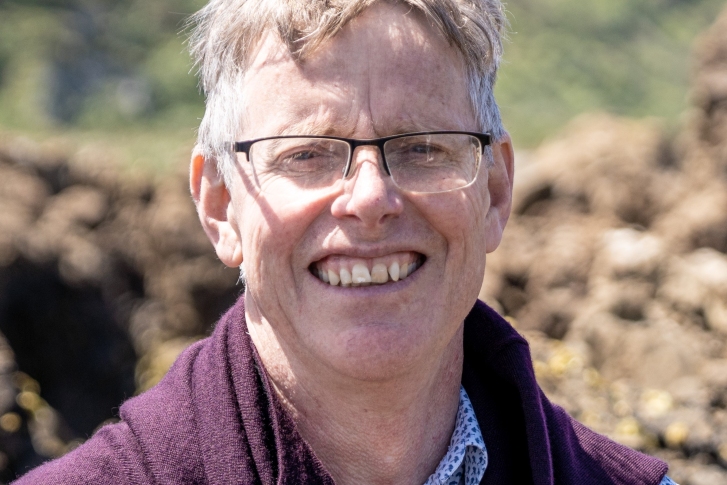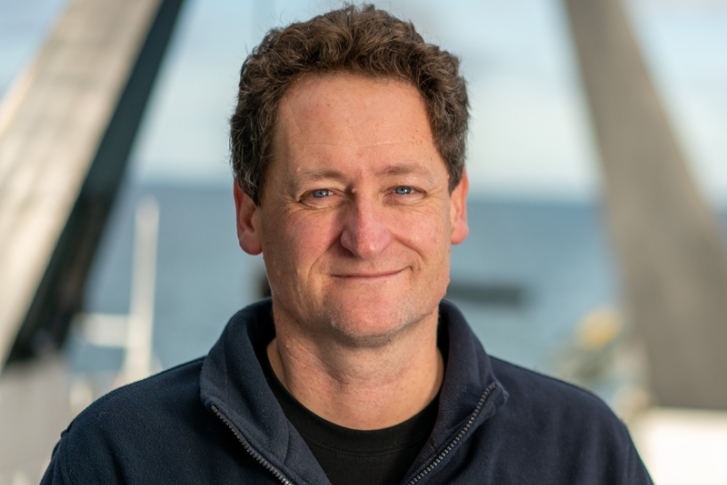New Zealand has one of the world's largest Economic Exclusive Zones (EEZ), and it is important to New Zealanders that we are surrounded by healthy coasts and oceans.
In particular, we need information on the food web structures of our marine ecosystems in order to manage the effects on the ecosystem of human activities such as fishing, aquaculture and mining as well as understanding the potential impacts of climate variability and change on our oceans.
Overview
What are marine food webs?
Food webs are the complex networks through which energy and materials move in an environment, from microbes all the way through to predators. They are often studied and modelled in terms of the flow of energy between different organisms. Marine food webs include all animals living in the sea, from phytoplankton, bacteria and small shrimp-like animals in the water, to animals living on the sea bed like sponges and corals, to fish, squid, whales, seals and seabirds.
Why do we need to understand marine food webs?
New Zealand has one of the world's largest Economic Exclusive Zones (EEZ), and it is important to New Zealanders that we are surrounded by healthy coasts and oceans.
In particular, we need information on the food web structures of our marine ecosystems in order to better understand the effects on the ecosystem of human activities such as fishing, land use, aquaculture and mining as well as understanding the potential impacts of climate variability and change on our oceans. Better understanding will enable more informed ecosystem management approaches to be developed.
Why take an ecosystem perspective?
An ecosystem approach to understanding food webs looks at the relationships between all the species using our oceans, rather than considering species as independent.
An ecosystem approach to managing human activities in the ocean is appropriate for a number of reasons, including:
1. Marine organisms are linked
Changes affecting one species are likely to affect other species in the food web to a greater or lesser extent. For example, removing fish by fishing may free up food/energy supplies for other fish species, or could lead to a decline in associated species. We aim to enable multiple species to be managed in a way which recognises how they are interconnected.
2. Changes in the ecosystem will affect human activities
Changes in the marine environment can affect whole ecosystems with consequences that can be understood only by taking an ecosystem perspective. For example, fish productivity is dependent on recruitment (small fish coming into the fishery), the availability of prey/food to allow fish to grow, and the ability of fish to avoid excessive predation. We aim to improve knowledge around how fished species and their prey are affected by variations in their environment, including long-term climate variability and change.
3. An ecosystem approach can provide a consistent framework for resource management
A food web model allows an understanding of the role played by different organisms in a healthy marine ecosystem. We aim to provide a framework which allows New Zealand marine ecosystems to be considered as a functioning whole, in order to best evaluate the impacts of resource use.
Approach
Trophic models show how energy and matter move through food webs through the feeding of one organism on another – the predator-prey pathways. These models are snapshot of "who eats whom" in the ocean.
Our research into New Zealand's marine food webs used a three-pronged strategy:
1. Data collection
We have started collecting data on those parts of the environment, and trophic linkages, that are vital to the functioning of the ecosystem, but about which we know little. Of particular interest are the organisms which are important in the diets of our commercially-important fish species. These organisms include small midwater fish (myctophids), small midwater crustaceans (copepods, krill), and invertebrates living on or near the sea-bed (like prawns and shrimps).
2. Trophic model framework
A framework for the modelling of trophic linkages is being developed which explicitly considers the areas of uncertainty around the parameters of such a model. In essence, a trophic model is a snapshot budget of food transfer within an ecosystem. Such a model can be used when considering the effects of human activities and environmental variability and change on food webs.
3. Trophic model use
Ways in which such modelling can be used in resource management are being developed. These include using food web models to develop ecosystem indicators, estimating the relative ecological importance of different species within a food web and in ecological risk assessment.
Outcome
Our research is already developing the fundamental knowledge, and the tools required, to add an ecosystem-level understanding and approach to the management of New Zealand's coastal and oceanic organisms.
However, there's still much more to be done.
We are well on the way to better understanding the food web structure, and energy flow, through two representative marine systems: the Chatham Rise (open ocean) and the Hauraki Gulf (coastal).
These two areas were chosen because they are important to New Zealand strategically, ecologically and economically. Trophic models are being developed to understand how the organisms living in these areas interact.
Chatham Rise
The first research voyage to the Chatham Rise took place in May-June 2008, and the second in November 2011 (a regularly updated voyage log is available on the NIWA website).
A preliminary trophic model for the area is available (PDF 1.3 MB)
Hauraki Gulf
Five ecosystem models of the Hauraki Gulf have been developed, : (1) present day; (2) 1950 AD, just prior to onset of industrial-scale fishing; (3) 1790 AD, before European whaling and sealing; (4) 1500 AD, early Maori settlement phase; (5) 1000 AD, before human settlement in New Zealand. Each model quantifies the flow of organic matter through the marine food-web over an annual period. The models have 49 trophic groups representing all the major biota of the Hauraki Gulf, from bacteria to whales, and show how ecosystem characteristics have changed over the period of human occupation.
Modelling framework and ecosystem indicators
Improved framework for food web modelling (PDF 1.1. MB)
List and explanation of potential ecosystem indicators - looking at how a marine ecosystem changes over time (PDF 4.9 MB)
Quick facts
Location: Hauraki Gulf (coastal study area) and Chatham Rise (open ocean study area)
Related Subjects: Ecosystem effects of fishing; functional biodiversity
Equipment used: Research vessel Tangaroa, research vessel Kaharoa, stable isotope facility*.
Funding: Government, NIWA Core Funding
* Stable isotopes of carbon and nitrogen can be used to track how energy moves through food-webs. Stable isotopes of nitrogen can give information on the number of times matter has been eaten before reaching a predator – its trophic level. Stable isotopes of carbon can give information on where the energy originally came into the system – is the organic matter originally from marine or terrestrial sources for example

